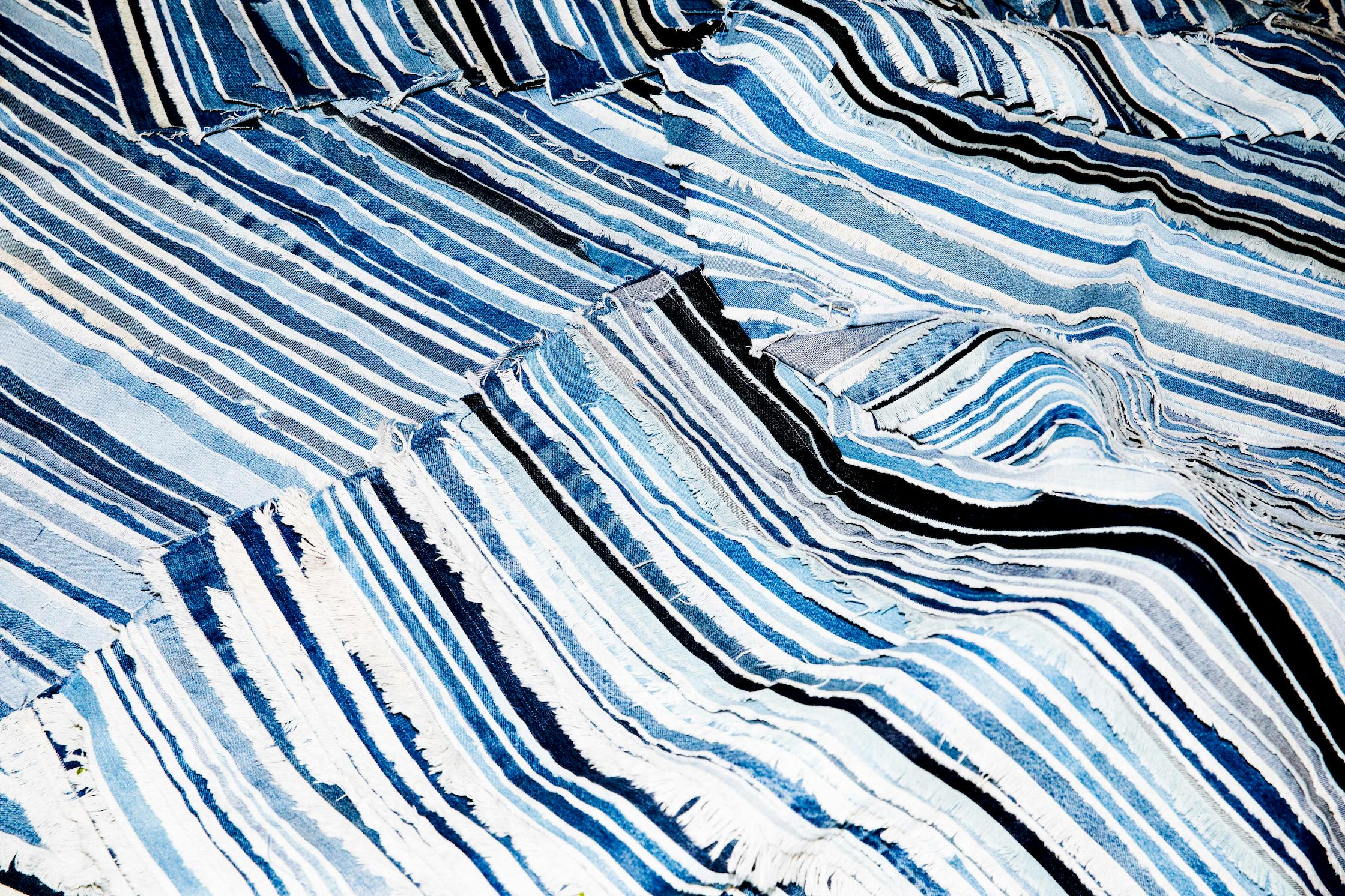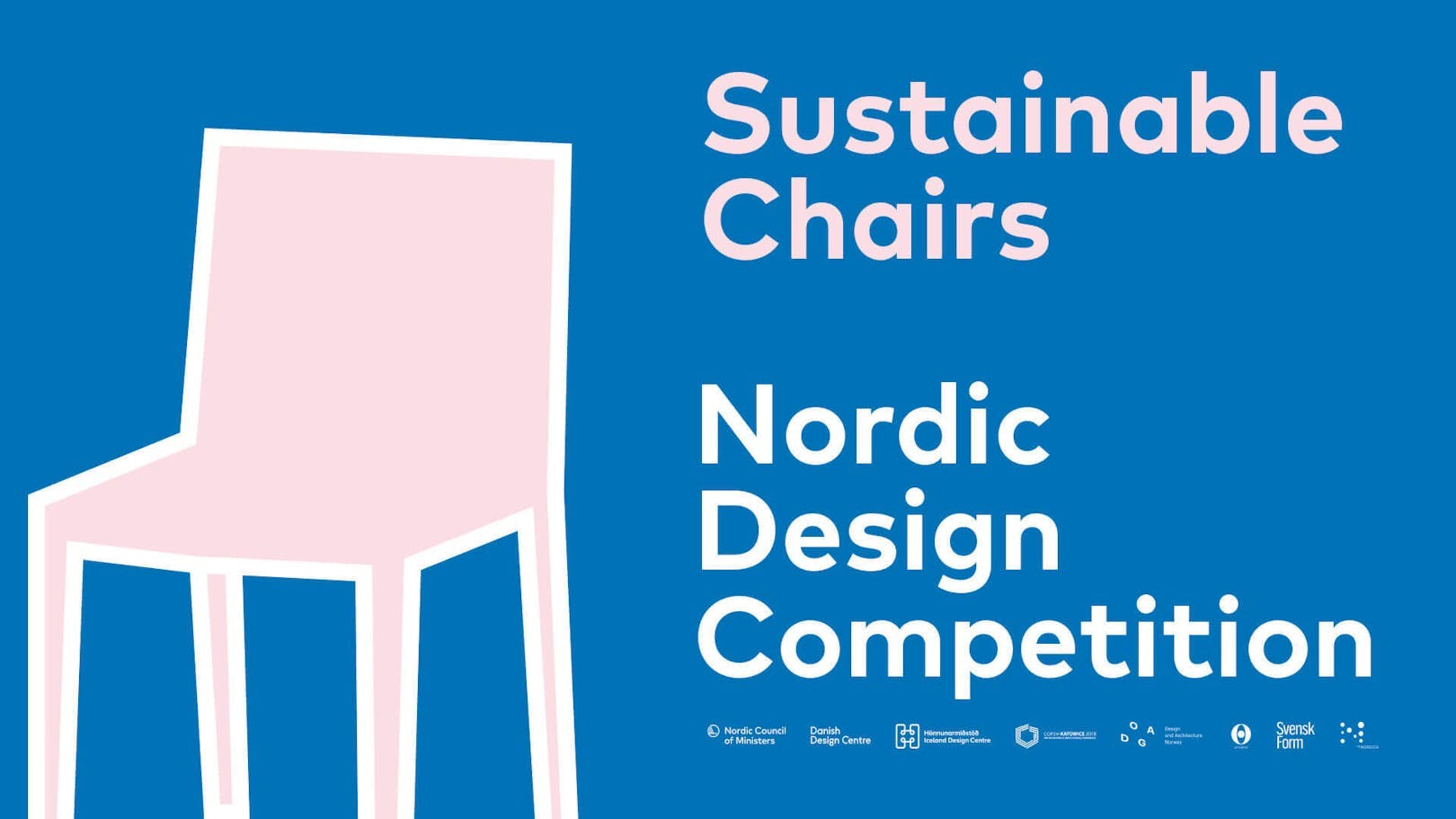Earth Matters
by Philip Fimmano

First published in HA, Issue no. 09, 2019.
Philip Fimmano is a contemporary fashion and lifestyle specialist, a design curator and a close collaborator of Lidewij Edelkoort, one of the world's most renowned trend forecasters.
As co-curators, Edelkoort and Fimmano have created numerous design exhibitions, often addressing worldwide developments in sustainability and respect for the planet. Fimmano was one of the keynote speakers at DesignTalks 2019 in Reykjavík, an international design conference that marks the start of the DesignMarch festival every year. On that occasion, he selected a number of projects that were showcased at the festival and that coincide with global trends and his vision of a new and more environmentally progressive era in design: Fischer boutique, innriinnri by Raphaël Costes, Shaping Paper by Bára Finnsdóttir and Denim on denim on denim on denim by Flétta and Steinunn Eyja Halldórsdóttir.
Earth Matters
This young century will bring about an opportunity for reflection and radical change, making up for last century’s ecological abuse, overconsumption, greed and violence. For the first time, a post-fossil society is emerging, using natural ingredients, offering energy alternatives and giving us faith in the future. Resetting attitudes towards more respect for the Earth and for one another. A more intimate and intuitive form of ecology will be the result, based on instinctive values, ancient rituals and archaic systems.
Design mines our planet for inspiration and materials; revering its beauty and resilience, bringing its struggle to our attention and contemplating its organic elements in awe. From land to sea, from lagoon to volcano, a wealth of ideas sprout from the Earth: its components are analysed and catalogued, transformed into textural ceramics, recycled textiles, oxidised alloys and vegetal colours; a movement redefining the tactile and emotional aspects of our lives.
Designers around the world aim for a more sustainable production process and make us aware of the polluting ways with which we make textiles today. They seek to use little to no chemicals and water, work to be as energy efficient as possible and manufacture locally, often experimenting with recycled or upcycled materials. They also revive cottage industry techniques and return to old looms to establish innovative studios.
Like foragers looking for food, ecologically conscious designers hunt and gather organic ingredients, creating a colourful language tinted for today’s greener times. They show us how manufacturing can avoid excessive pollution. Several investigate the properties of individual plants, like contemporary botanists, cataloguing their qualities, reconnecting society to nature while envisioning everything from indigenous scents to local foods and botanical jewellery.
The origins of an animal fibre, the name of the weaver and the face of the artisan each become intrinsic to understanding an object’s identity and soul. Like knowing the source of our food, materials are explored by designers interested in the unique aspects of the animal or plant species. A new generation of designers retrace their roots and research their history, sometimes going back to the beginning of time.
This moment has also inspired Icelandic designers and artists that are investigating new ways of producing ideas; innovative thinkers that are able to turn around our mentality, progressive people connected to the energy of nature that lead the way to another world in the making – contributing to a horizon of hope.
This moment has also inspired Icelandic designers and artists that are investigating new ways of producing ideas; innovative thinkers that are able to turn around our mentality, progressive people connected to the energy of nature that lead the way to another world in the making – contributing to a horizon of hope.

Fischer
“From the start, Fischer has been a way for us to personally figure out how to reduce our ecological footprint. Little by little, we adopt new consumption patterns and lifestyles, inspire individuals, suppliers, and manufacturers, who gradually change their manufacturing process, that’s how we get the ball rolling.”
Jónsi, Ingibjörg, Lilja and Sigurrós
innriinnri


Remelting rock to create a raw material that can be used to produce new objects is an energy-intensive process. Iceland's abundance of 99% renewable energy makes this possible.
Denim on denim on denim on denim on denim

We make a point of trying not to waste any of the raw materials that we work with, and we design our products with that goal in mind. We believe that what we throw away is just raw material in the wrong context. In our work we have therefore tried to find the “right” context for raw materials that would have otherwise been discarded.


Shaping Paper
Shaping Paper
“I’m driven by my curiosity about materials, how it’s possible to experiment with and re-contextualise them. I’m passionate about bigger challenges, such as sustainable design, material use, production and recycling, and that drives me to develop my projects.”
Bára Finnsdóttir


